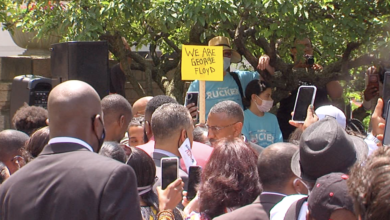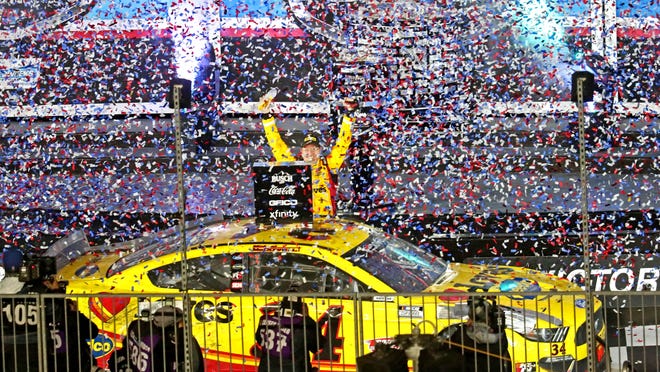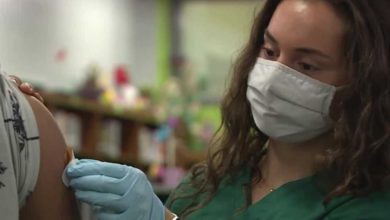

Right-handed pitcher Levi Stoudt, acquired by the Cincinnati Reds from the Seattle Mariners in the Luis Castillo trade ahead of the MLB deadline last month, is being promoted to the Triple-A Louisville Bats, the Reds announced via the @RedsOnTheRise Twitter account.
Stoudt impressed in his debut last week for the Double-A Chattanooga Lookouts, allowing just two hits with no walks while striking out six in five shutout innings in the Lookouts' win against the Birmingham Barons.
Shortstop prospect Noelvi Marte, also acquired in the Castillo trade, hit home runs for his first two hits with the High-A Dayton Dragons.
Castillo impressed in his second start in three weeks at Yankee Stadium and first career start for the Mariners.
Social media reactions to Stoudt's debut for the Lookouts:
LOVE SPORTS? [ Subscribe now for unlimited access to Cincinnati.com ]









